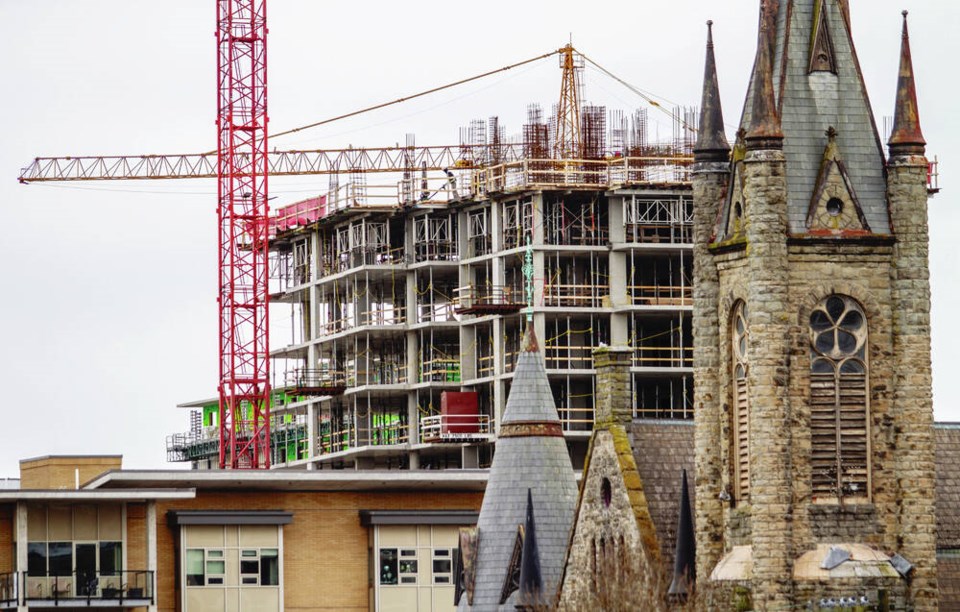Homebuilding in the capital region is expected to fall further behind the demand for housing this year, according to the Canada Mortgage and Housing Corporation.
A report noted the region is already building at capacity and coming off a record year for housing starts in 2021, when building began on more than 4,800 new homes.
The corporation also noted that supply constraints, rising material costs and an acute labour shortage has meant builders are limited to completing existing projects before starting new ones.
The report said construction wages in B.C. remain about 10 per cent below those in Alberta, which could translate into a greater challenge to find labour.
Pershing Sun, CMHC’s senior market analyst, said Victoria will have a “moderating year” in 2022.
“Rising borrowing cost, affordability erosion, and constraints in construction will anchor sales and slow down price growth,” she said.
“[An] improved job market and migration inflow will drive rental demand over the next few years.”
The report suggested construction should get back on track again in 2024, though housing starts have typically been guided by home sales.
“With demand cooling down, housing starts will follow suit,” the report said.
The report built some wiggle room into its housing forecast as it estimated builders will start anywhere between 3,179 and 4,267 homes this year.
Brendon Ogmundson, chief executive of the B.C. Real Estate Association, said home starts are starting to move downwards but, he added, that is compared with a record year across the province and still close to 40,000 new homes.
What happens this year will likely depend on what happens to real estate sales, which could slip or at least slow down due to rising mortgage rates, Ogmundson said.
Ogmundson said there is “a bottleneck of new construction, with close to 70,000 units currently under construction but not yet complete. That volume of units may be straining the ability to start new projects.
“If this trend continues, it could be concerning since we need a steady stream of new supply over the next few years to keep up with demographic demand.”
Casey Edge, executive director of the Victoria Residential Builder’s Association, said the region has seen a 16 per cent decline in starts so far this year, but he cautioned it’s only three months and a quick snapshot of the industry.
“There does need to be some improvement in some of the municipalities that continue to post very low [home building] numbers,” Edge said, adding there is still strong demand for new housing in the region.
The CMHC suggested home prices will continue to rise in the region, though it will be at a slower pace than last year’s frenzied pace due to rising mortgage rates, the continued lack of inventory and homes in the region drifting further away from what could be considered affordable.
“With rising inflation on the cost of living, homebuyers face a new set of financial considerations in the coming years,” the report said.
It suggested the rental market in the region will remain tight, and the expectation is to see vacancy rates drop to about one per cent.
aduffy@timescolonist.com



